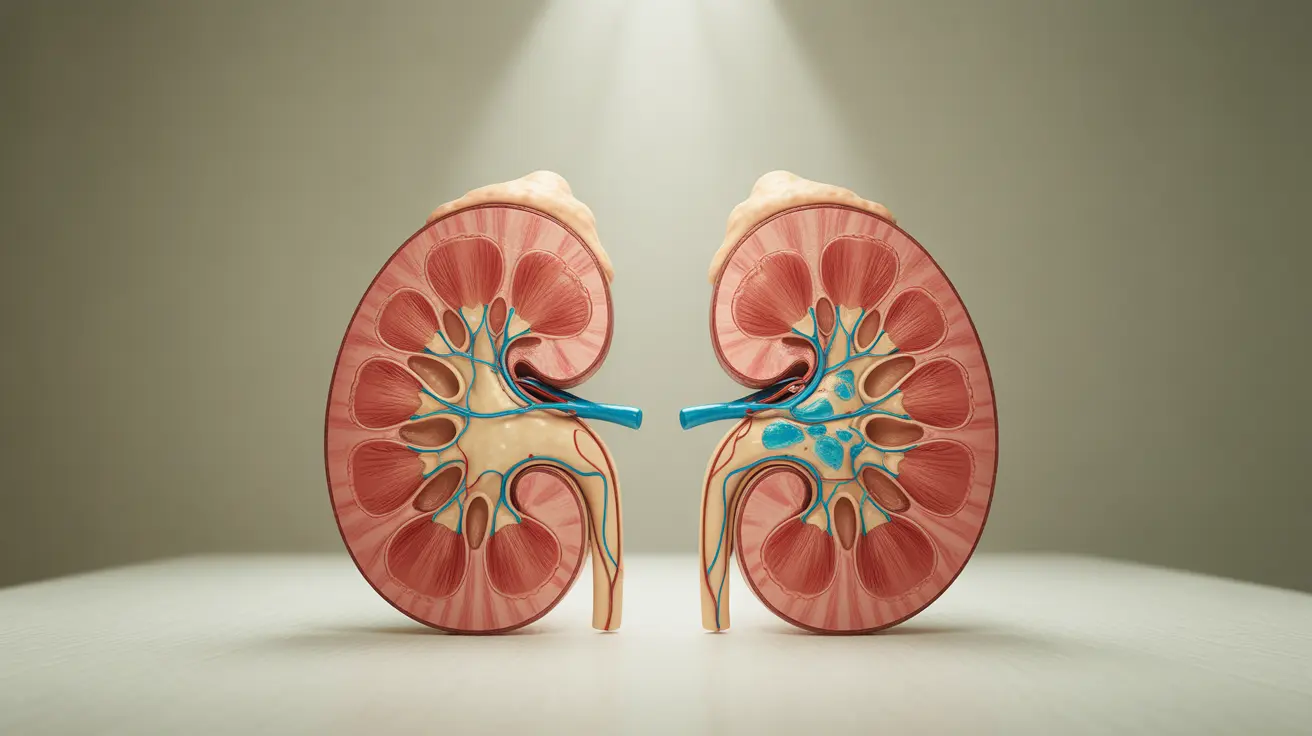A diagnosis of stage 4 lymphoma represents an advanced form of this blood cancer, where the disease has spread beyond the lymphatic system to other organs. While this diagnosis can feel overwhelming, modern medicine offers various treatment approaches and management strategies that can help patients navigate their journey effectively.
Understanding stage 4 lymphoma – its symptoms, treatment options, and ways to maintain quality of life – is crucial for patients and their caregivers. This comprehensive guide explores what you need to know about managing advanced lymphoma and the latest therapeutic approaches available.
Understanding Stage 4 Lymphoma Symptoms
Stage 4 lymphoma typically presents with more pronounced symptoms than earlier stages, often affecting multiple body systems. Common indicators include:
- Persistent fatigue and weakness
- Unexplained weight loss
- Night sweats and fever
- Enlarged lymph nodes in multiple areas
- Shortness of breath
- Bone pain
- Frequent infections
These symptoms often appear more severe and persistent compared to earlier stages, as the cancer has spread to organs outside the lymphatic system, such as the liver, lungs, or bone marrow.
Current Treatment Approaches
Treatment for stage 4 lymphoma typically involves a multi-modal approach, tailored to the specific type of lymphoma and individual patient factors. The main treatment options include:
Chemotherapy Protocols
Standard chemotherapy regimens often include:
- R-CHOP (Rituximab with combination chemotherapy)
- ABVD (for Hodgkin lymphoma)
- Bendamustine-based treatments
- ICE or DHAP protocols for resistant cases
Targeted Therapies
Modern targeted treatments have revolutionized lymphoma care, including:
- Monoclonal antibodies
- CAR T-cell therapy
- BTK inhibitors
- Immunotherapy options
Managing Side Effects and Quality of Life
Maintaining quality of life during treatment is essential. Key strategies include:
- Regular exercise within personal limitations
- Balanced nutrition focusing on protein and nutrient-rich foods
- Adequate rest and stress management
- Regular communication with healthcare providers
- Support group participation
Promising New Developments
Recent advances in lymphoma treatment have expanded therapeutic options significantly. Emerging treatments include:
- Novel immunotherapy combinations
- Personalized vaccine approaches
- Advanced targeted therapies
- Innovative drug delivery systems
Frequently Asked Questions
What are the typical symptoms of stage 4 lymphoma, and how do they differ from earlier stages? Stage 4 lymphoma symptoms are typically more severe and widespread than earlier stages, including intense fatigue, significant weight loss, bone pain, and breathing difficulties. Unlike earlier stages, symptoms often affect multiple body systems due to the cancer's spread beyond the lymphatic system.
How is stage 4 lymphoma treated, and what are the most common chemotherapy regimens used? Stage 4 lymphoma treatment typically involves combination chemotherapy protocols like R-CHOP or ABVD, often supplemented with targeted therapies, immunotherapy, or radiation. Treatment plans are personalized based on the specific lymphoma type and patient characteristics.
What are the survival rates for stage 4 lymphoma, and how do they vary depending on the type of lymphoma? Survival rates vary significantly depending on the lymphoma type, patient age, and overall health. While stage 4 represents advanced disease, many patients respond well to modern treatments, with some types showing five-year survival rates of 60% or higher with appropriate treatment.
Can stage 4 lymphoma be cured, and what are the most promising new treatments available? While stage 4 lymphoma presents challenges, some patients achieve long-term remission or cure through current treatments. Promising new treatments include CAR T-cell therapy, novel targeted agents, and immunotherapy combinations that have shown significant success in clinical trials.
What lifestyle changes or nutritional strategies can help manage stage 4 lymphoma symptoms and improve quality of life during treatment? Key lifestyle strategies include maintaining a balanced diet rich in proteins and nutrients, engaging in appropriate physical activity, getting adequate rest, managing stress through relaxation techniques, and staying connected with support systems. Working with a nutritionist and following medical team recommendations can optimize wellness during treatment.




